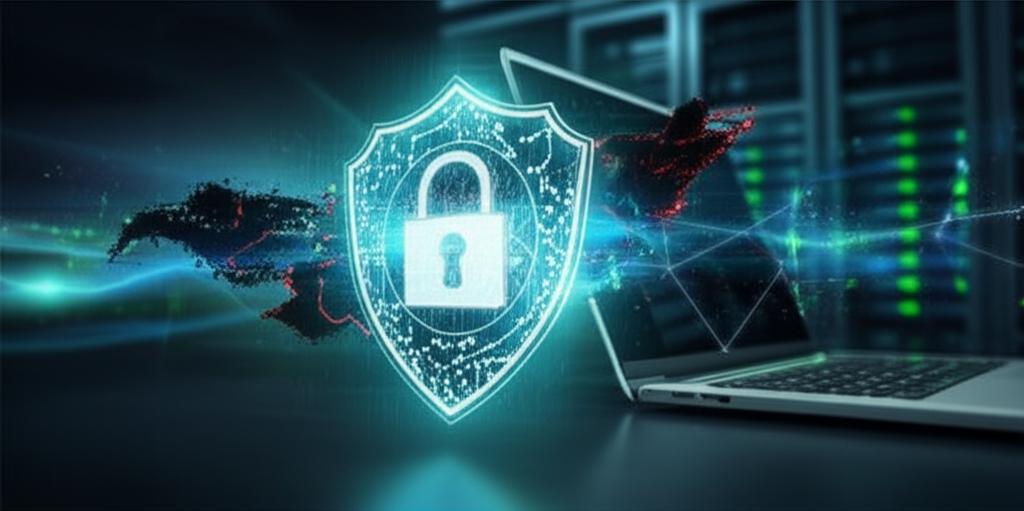Defend Your Digital Fortress: 8 Crucial Tips to Prevent Malware
In today’s interconnected world, safeguarding your digital presence is more critical than ever. Malware, in its many insidious forms, poses a constant threat to your personal data, privacy, and system integrity. From phishing scams to ransomware, these malicious programs can wreak havoc if not properly addressed. Understanding how to prevent malware isn’t just about installing software; it’s about adopting a proactive mindset and implementing robust security practices.
This guide outlines eight crucial tips that will help you build a resilient defense against common cyber threats, ensuring your devices and data remain secure.
1. Deploy Robust Antivirus and Anti-Malware Software
Your first line of defense is a high-quality, reputable antivirus and anti-malware solution. This software actively scans for, detects, and removes malicious programs before they can infect your system. Ensure it runs continuously in the background, offering real-time protection, and that its definitions are updated automatically and frequently.
2. Keep All Software and Operating Systems Updated
Software developers constantly release updates, not just for new features, but critically, to patch security vulnerabilities that malware can exploit. Enable automatic updates for your operating system (Windows, macOS, Linux), web browsers, and all other applications. Procrastinating on updates leaves your system open to known exploits.
3. Exercise Caution with Emails and Downloads
Many malware infections begin with a deceptive email or an unverified download. Be extremely wary of unsolicited emails, especially those with suspicious attachments or links. Hover over links to check their true destination before clicking. Only download software, files, or media from trusted and official sources. If something seems too good to be true, it probably is.
4. Utilize Strong, Unique Passwords and Multi-Factor Authentication (MFA)
Weak or reused passwords are an open invitation for attackers. Create complex passwords using a combination of uppercase and lowercase letters, numbers, and symbols. Employ a password manager to store and generate unique passwords for all your accounts. Furthermore, enable Multi-Factor Authentication (MFA) wherever possible, adding an extra layer of security beyond just a password.
5. Enable and Configure a Firewall
A firewall acts as a barrier between your computer and the internet, monitoring incoming and outgoing network traffic. It can block unauthorized access attempts and prevent malicious programs from communicating with external servers. Both hardware (router-based) and software (OS-based) firewalls are essential components of a strong security posture. Ensure your firewall is active and properly configured.
6. Regularly Backup Your Important Data
Even with the best prevention strategies, there’s always a slim chance of a successful attack, especially from sophisticated threats like ransomware. Regular backups are your ultimate fallback. Store copies of your critical files on an external hard drive, cloud storage, or both. This way, if your system is compromised, you can restore your data without paying a ransom or suffering permanent loss.
7. Practice Safe Browsing Habits
Your browsing habits play a significant role in malware prevention. Stick to reputable websites, especially for online shopping and banking. Be skeptical of pop-up ads, unexpected redirects, or unfamiliar websites promoting too-good-to-be-true offers. Consider using a browser with built-in security features and an ad-blocker to minimize exposure to malicious content.
8. Understand and Avoid Public Wi-Fi Risks
Public Wi-Fi networks, found in cafes, airports, and hotels, are often unsecured and can be fertile ground for cybercriminals to intercept your data or inject malware. Avoid conducting sensitive activities like online banking or shopping on public Wi-Fi. If you must use it, always connect through a reputable Virtual Private Network (VPN) to encrypt your traffic and protect your privacy.
Conclusion
Preventing malware is an ongoing commitment, not a one-time task. By consistently applying these eight crucial tips – from maintaining updated software and strong passwords to exercising caution online and regularly backing up your data – you can significantly reduce your vulnerability to cyber threats. Stay vigilant, stay informed, and keep your digital fortress secure.







